The new showpiece qualifying format introduced at last month’s Diriyah E-Prix double-header was a very big deal for Formula E.
It wasn’t just the unique mini Coupe du Monde-style format that everyone wanted to see in action, however, it was also how it would be perceived by fans, media and – perhaps most importantly of all – the teams and drivers taking part.
Another broader question was also waiting to be answered. Could Formula E add to its sporting credibility after a Gen2 era that has seen more than its fair share of controversy and ambiguity?
Moreover, the random nature of the previous format meant that the most successful drivers, in terms of points collation, were effectively penalised through a multi-mini-group procedure. That was because more often than not track evolution ensured that those at the foot of the points table received the bigger crumbs of competitiveness.
It was fine for a while. But when it shook up grids every race in correlation to a natural melding of competitors through the maturing of the Gen2 rules set and fixed homologations, it consigned the fastest cars to lowly grid positions and often made it impossible to progress in races.
Not only is the new format important because it offers fresh sporting integrity, but it could become the framework for the introduction of Gen3 as well in 2023, so that is why all eyes were and continue to be upon it.
So it was, that many of the FIA and Formula E operations staffers inhaled deeply as the clock began on the first group session of 11 cars that took to the track that Friday.
The procedures, timings and technology were all in place and had been trialled to some extent at the Valencia test last November. There was the odd inevitable blooper, but now it was time for it all to be all right on the night.
Did it work?
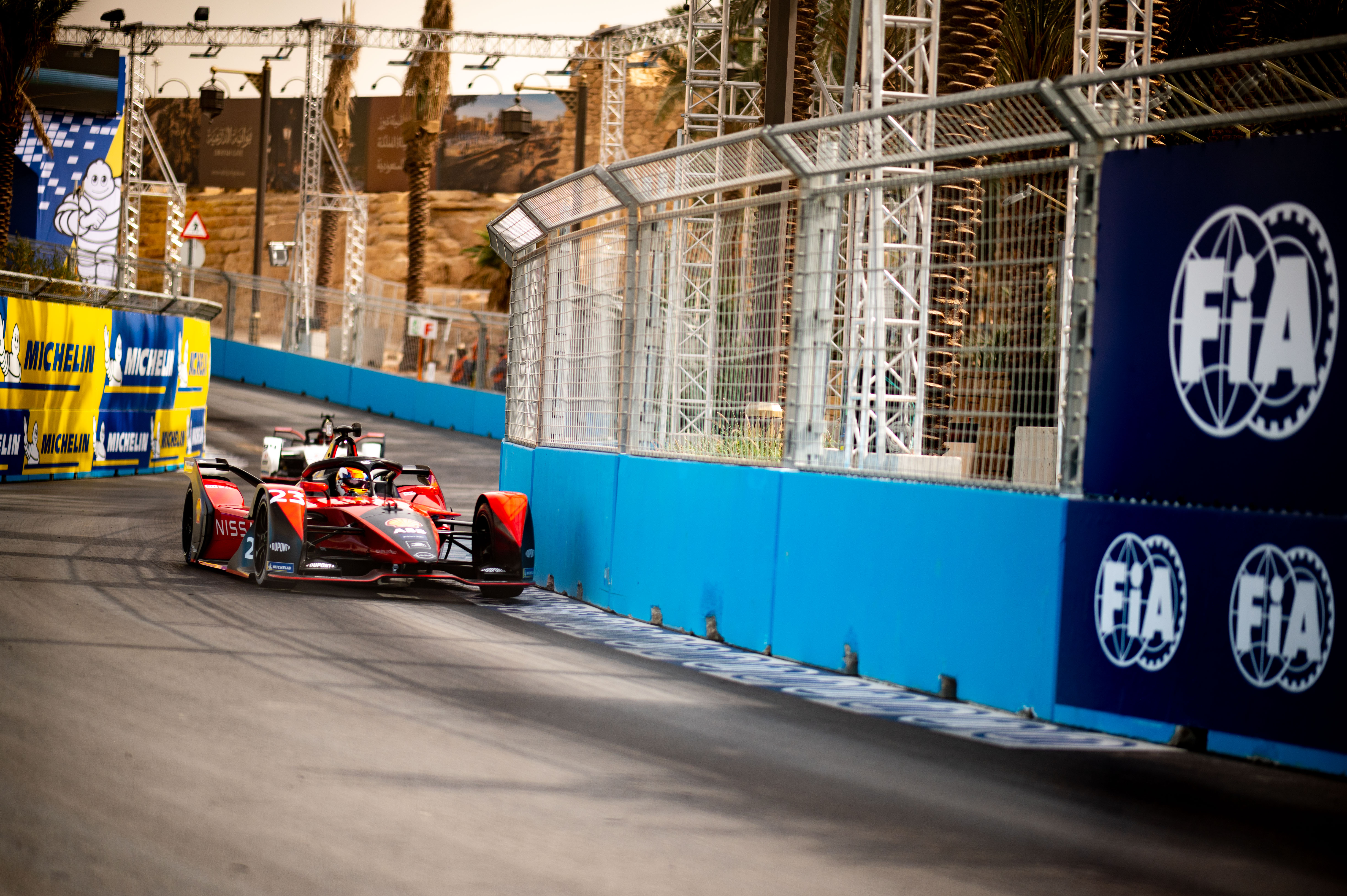
There are probably distinct categories that can be used to measure whether or not the new system worked: sporting/entertainment and operational management.
First, the showbiz.
The two groups of 11 cars was always going to be the slightly weaker element of the format because the first phase would be the equivalent of a fast cricket bowler finding their range. Or, to broaden the sporting analogy, a tennis player finding where the baseline is. You get the picture.
But that didn’t mean there wasn’t excitement in that phase, where two sets of four drivers would go through to the knock-out stages from each group.
There were the expected perils of traffic – especially for Jean-Eric Vergne and Mitch Evans, who both got stuffed on Friday, while Sergio Sette Camara became the first driver to get a penalty for impeding on track the following day.
That came after Oliver Rowland managed to get a similar wrap, but his infraction came with a tardy pitlane dawdle that was viewed as blocking thanks to being under the 48km/h minimum pitlane speed ruling.
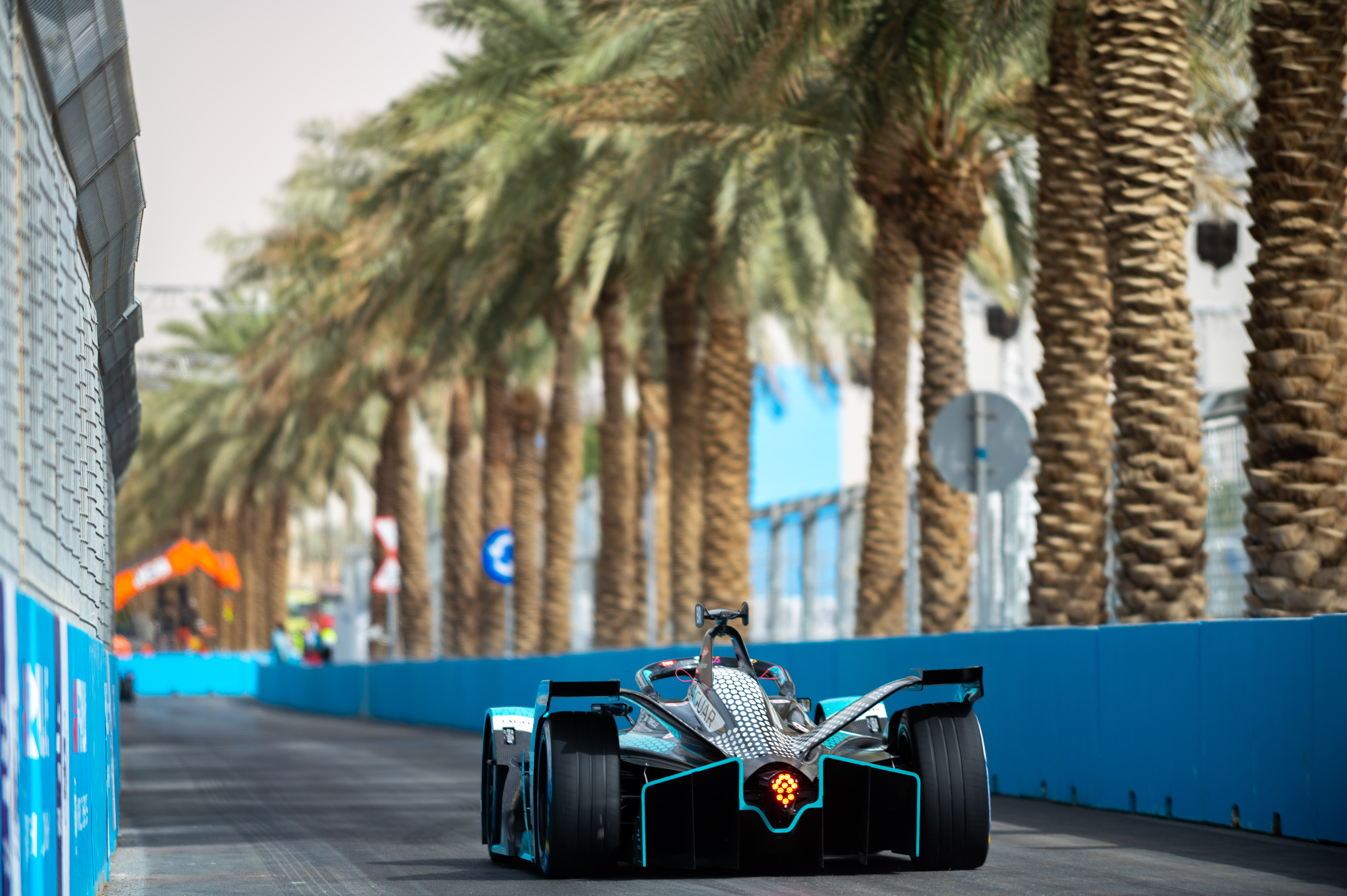
In some cases, there is plainly a flaw, in that if a block occurs at the end of the group session it is a big task for the stewards to look in detail at an offence, make a judgement and then apply a penalty.
Sure, the offender gets a grid drop, but the offended could be confined to mid-grid at best after a potentially defining lap gets compromised.
The pace of the transition from the group stage to knock-outs was swift and organised and the duels themselves were the real essence of the format’s design.
The intensity and good pace went right up until the final, which had a five-minute buffer from the semi-finals to allow for weighbridge checks.
The drivers were largely positive, with Mercedes’ Stoffel Vandoorne speaking for most when he said that “the fun part was doing the lap over and over”.
“You do the group stage and then you feel relieved that you’re through to the duel stages, but then the pressure ramps right back up because you’re going head to head with one of your opponents, so every lap had to be good enough to get through,” added Vandoorne, who was the first winner of a duel final, and therefore polesitter, of the season.
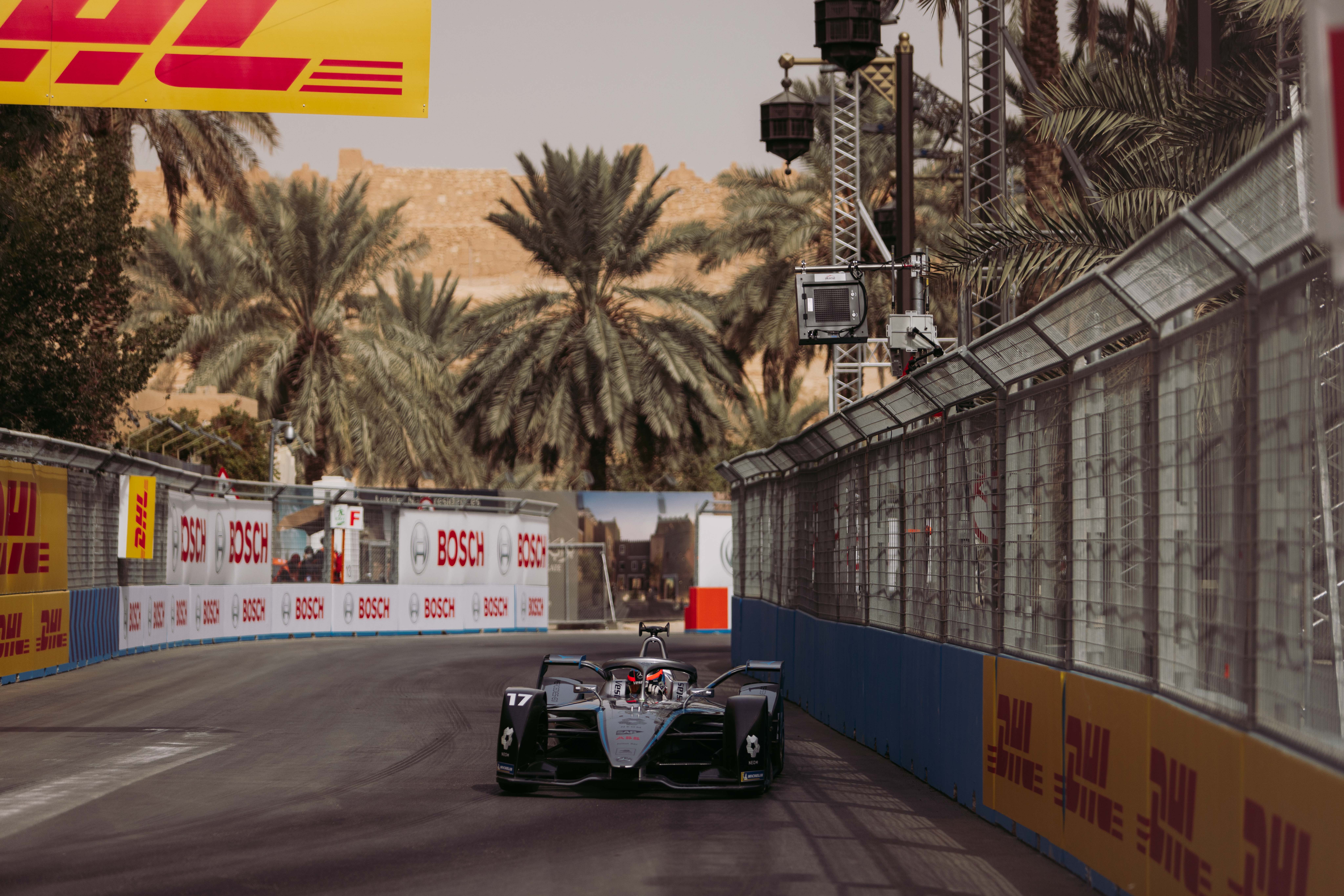
Lucas di Grassi has seen the full range of Formula E qualifying procedures, from lottery draws on a stage to the last archaic format. He said that the 2022 spec version “fits its purpose, which is to have a fairer qualifying, although in group one [on Friday in Diriyah] it was a bit tricky in terms of the conditions of the track”.
“But nevertheless, it’s a bit less stressful with us for the single lap and you have the same conditions as all the other guys,” added the Venturi driver.
“If you have a bad qualifying you’re going to start ninth, 10th, 12th and you can get to the points from there. So, for me, this is fairer for the championship. In terms of entertainment, less, but that’s the purpose of qualifying.”
Operationally, things went reasonably smoothly until the first quarter-final on Saturday in Riyadh.
That was when Antonio Felix da Costa and DS Techeetah got confused as to how and when their green light would be shown, with the 2019-20 champion missing his slot and starting a chain reaction that got his eventual time annulled but also caused deeper issues.
“The regulations and the rules we think are pretty clear because this covers all the scenarios that can happen on the operational side; how we proceed when some of these tricky situations happen or will happen,” the FIA’s Formula E head of sporting matters, Pablo Martino, told The Race after the incident.
When Da Costa took di Grassi’s cue it meant the Venturi driver had to have the next signal, which in turn unsynchronised the software used for the following duel. The host broadcasting TV production alluded to it but didn’t dwell upon it.
“That’s a part of the operation; we realise it needs a little bit of fine-tuning, not in the rule book but in operations,” added Martino. “Actually, the last duel cars were sent on track when they were supposed to stay in the garage.
“But this was nothing to do with the teams, they just followed the rules. Then they just get pushed back and we reallocate. I think we did the right thing in handling one of these situations.”
After some re-assortment, the show continued with a small delay, but it is these curveballs that are likely to crop up in some early races before the procedures become second nature.
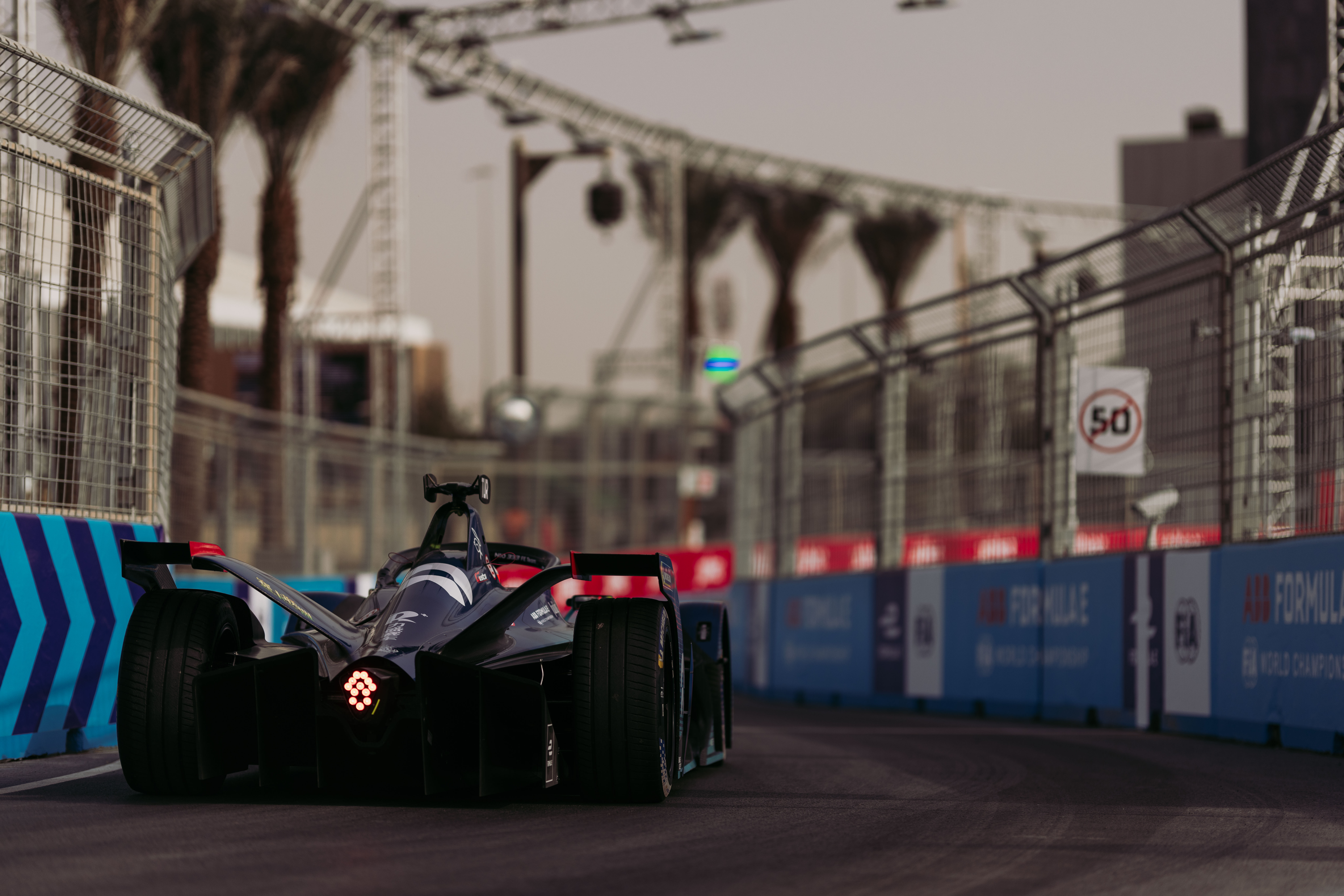
One of the fears leading up to the first true run of the new format was that there would be ‘duds’ whereby the first driver in the duel would make a mistake and the second would just have to cruise around knowing a six-tenths effort would suffice.
Martino thought this was a false alarm, saying: “Even if there is a mistake from the driver who is losing the duel, he still has the interest of having a good lap time because he will fight on the position against the other losers.
“So, we think that we keep the interest in being a good loser, shall we say, on having a good lap time even if you are the loser of your duel.”
This unfolded in the first final, a face-off between Stoffel Vandoorne and Jake Dennis on Friday afternoon, but was more than made up for 24 hours later when Nyck de Vries and Edoardo Mortara were separated by just 0.005s for the pole.
Ultimately, this is where the new format delivered and why it was rightly lauded as a much better solution than the previous system.
What needs work?

“I definitely think we should give it a few more races, quietly go back home and look at it, with a bit of distance. But so far, I think it’s good,” Venturi’s new team principal, Jerome d’Ambrosio, told The Race.
“It’s providing a good show, so can we improve the way we display it in the way we explain it to the way it is coming across.”
The three-time E-Prix winner makes a solid point about having further explanation for fans tuning in to the coverage. The FIA and Formula E can’t just sit back now and think the job is done.
The two key areas where more information and more hype are needed is in the tyre strategies of the teams during the groups in particular, and further filling the five-minute gap between the semi-final and the final.
The tyres were a crucial factor in the group stages with several plans at play, including a di Grassi-derived plan of keeping all four tyres aboard and using ‘double cool’ laps to prepare his temperatures in the 12-minute session.
Others followed but some also opted for fresher fronts or swapped a single Michelin within their three-set allocation for double-headers.
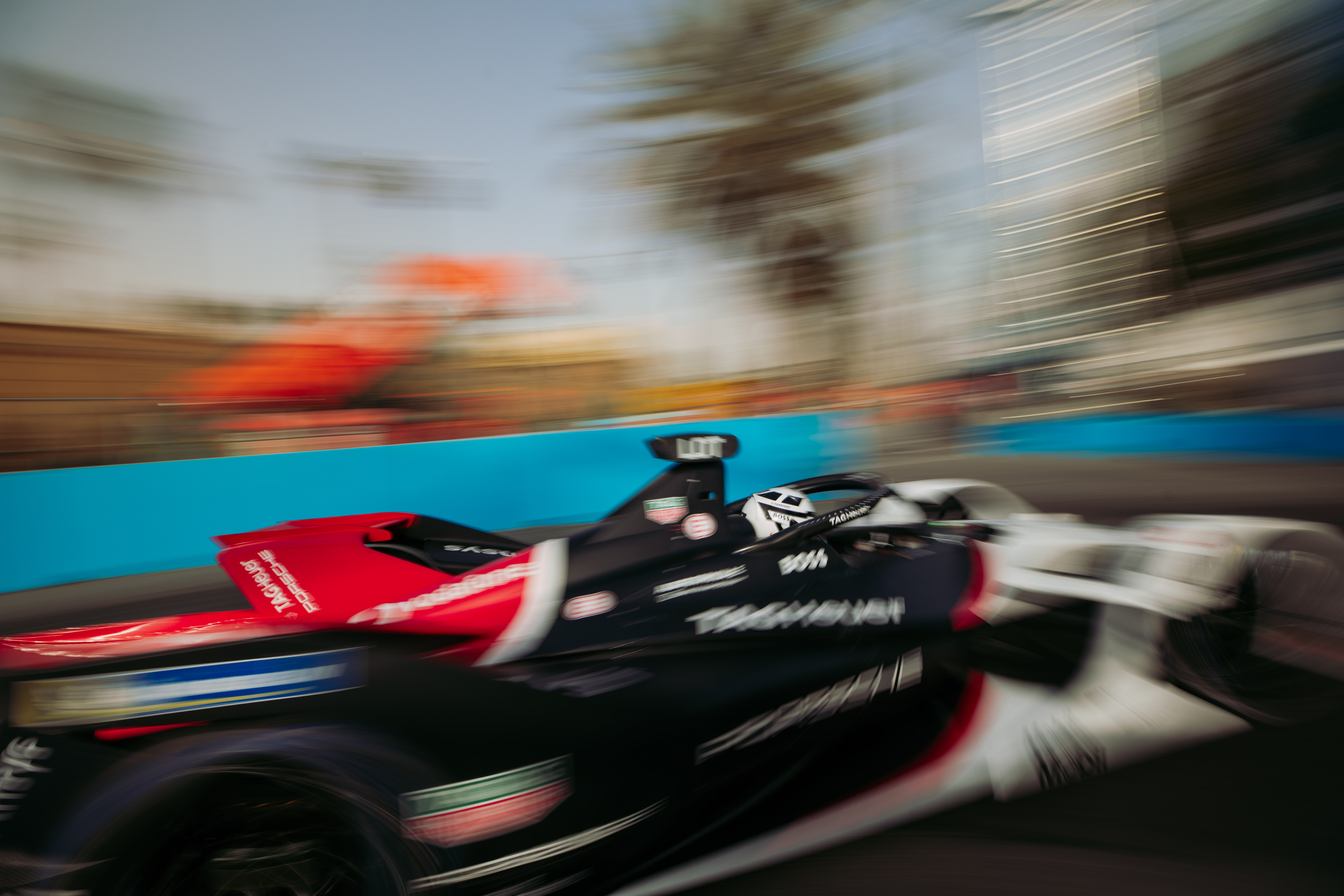
There was more coverage of the pits on Saturday, but having perhaps two roving reporters in the pits could help on this front to convey what is going on.
The dead time between the semis and final felt a little too dead after the frenetic pace of the quarter-finals in particular.
Viewers saw helicopter shots, lingering pit shots of Jake Dennis and Vandoorne stationary in the pits, and a brief de Vries interview.
But why not get the two team principals – Roger Griffiths and Ian James – together and give them a poke to stir up the tension. Surely it would be worth a go?
But these are mere details. The TV production was generally strong with a simple but informative graphic showing the ‘yin and the yang’ of the gap between the two drivers, and the delayed/real track match up split-screen worked brilliantly.
Doing that with onboards would be even better and while this was shown briefly, the new innovative system is not easy to implement and not quite fully ready.
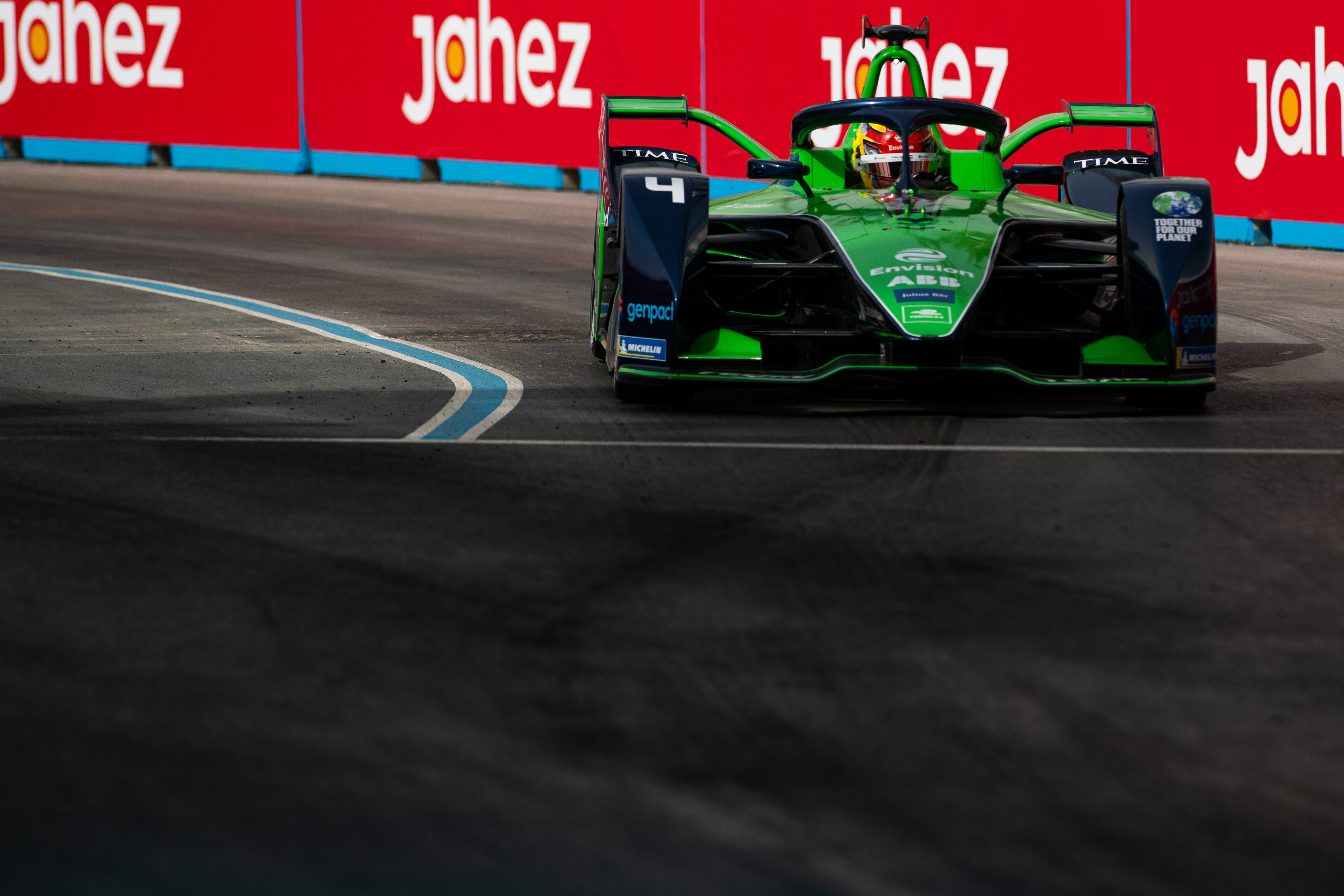
The Race understands that the timing partly relies on the VT department queuing the onboard of the first car and its replay on a timing trigger to play as the second car goes over the line.
It can be done as an onboard lap or as a live camera lap, but is difficult for camera operatives if the timing split is only 10-15 seconds.
The system was tried once in Valencia last November and in Diriyah but with inevitable teething issues. But it’s expected to be used much more in coming races.
Why Mexico will be different
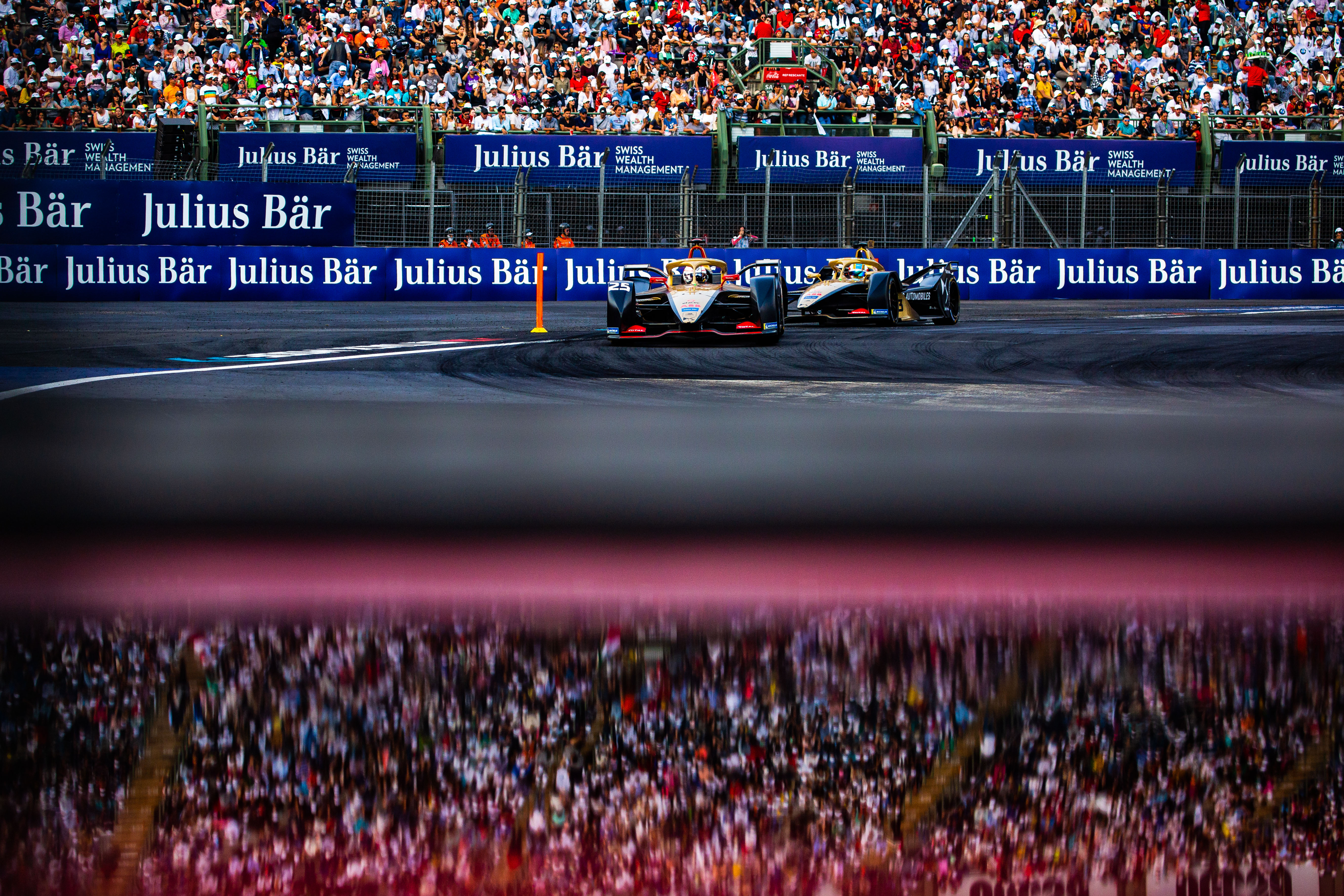
The aforementioned tyre management and track position lessons from Diriyah will be playing on the minds of all teams and drivers in Mexico City this week.
For those teams that got track position wrong and were caught in traffic, it proved costly. If you miss the duels you are confined to a ninth-place start at best and the last time a driver won a race from that far back was when d’Ambrosio took the last of his three E-Prix wins at Marrakesh in January 2019.
At the Autodromo Hermanos Rodriguez, there is a slight chance that teams won’t be able to do two fast laps in a row. This is because the Michelins could be too hot to start the second lap due to the hard right-hand corner before the finish line.
Added to this, more natural overtaking points might in fact make traffic less of an issue this weekend.
“You need a good plan A, but with plan B, C and D at the ready to react to any traffic,” one chief engineer told The Race this week.
“I think some teams just had a plan A [in Diriyah] and could not adapt quickly enough.”
So, watch out for potential backing up at the final right-hander in qualifying, and watch out for more creative tyre strategies – because as in all world cups there are groups of death, potential banana skins, and sprinkles of controversy pretty much every time.










